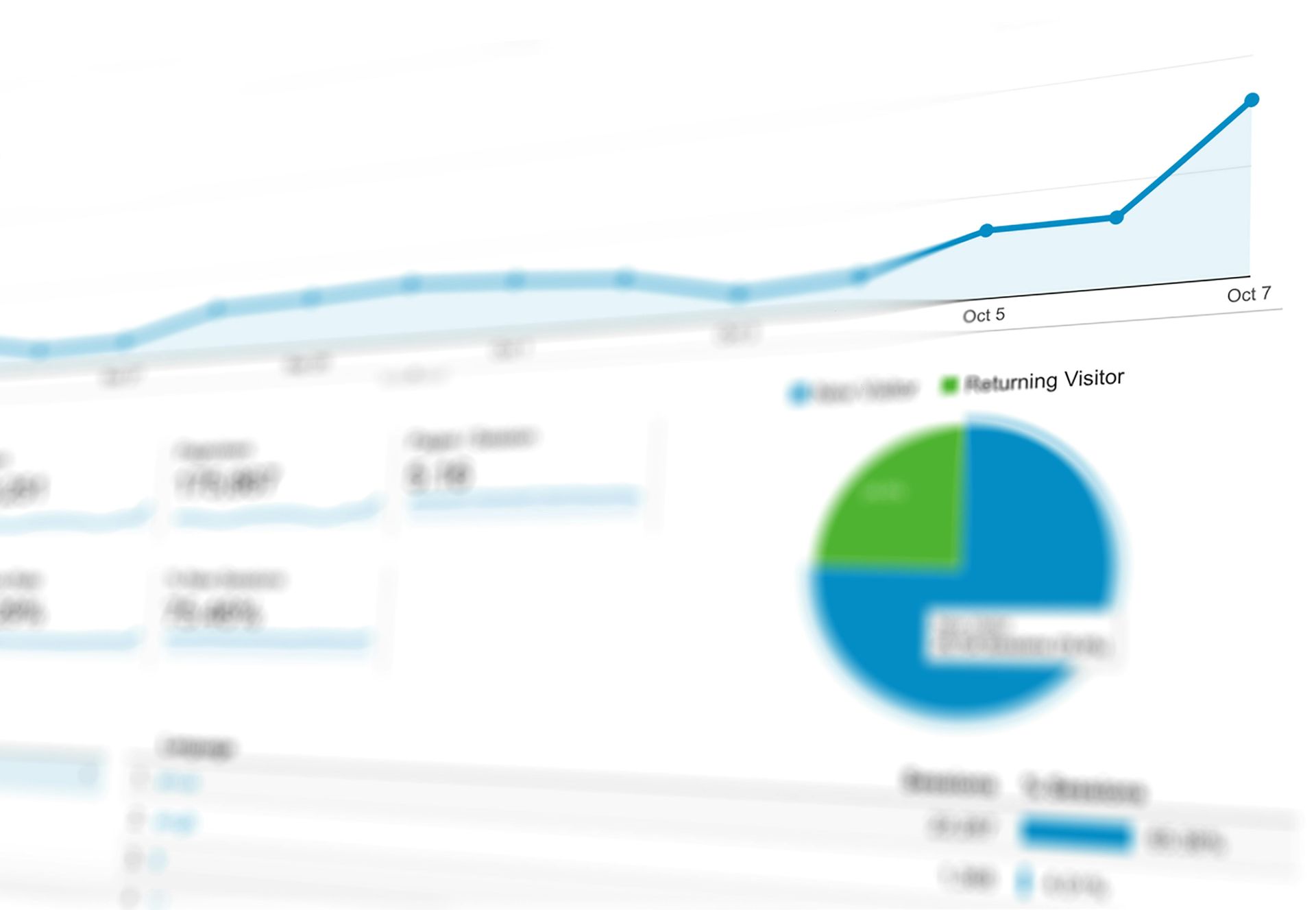The 4 metrics you need to master the art of right now
In the last blog post, we talked about the top three things you need to focus on when creating a content strategy for your brand. I also offered a free content checklist that boiled the main things down and make it less daunting for you to get started. Today I wanna focus on some really important elements to consider when mapping and deploying your content. Those are keyword difficulty, search volume, CPC’s, and featured snippets. I’m gonna break down each of these and explain why they’re important in their own regard.
Keyword difficulty
Keyword difficulty is a metric that sounds exactly like it is, it’s basically the level of difficulty it’s gonna take for you to rank on the Google search engine results page for a keyword. This is a really important thing to consider because if a keyword is too difficult to rank for then it may not be worth your time or it may take too long to see positive results from your efforts. So it’s an important consideration to take into account when thinking about prioritizing the keywords that you care about.
Search Volume
The next thing is search volume. This is exactly like it sounds as well, the amount of searches a particular keyword or keyword phrase has on a monthly basis. So when considering what keywords to focus on you obviously want to aim for ones that are highly searched so that it will give you more exposure on Google, but again the higher the search volume the higher the difficulty to be competitive. So it’s a dance between all of these things and you really want to find yourself somewhere in the middle.
Cost per Click
The third thing to consider is CPC’s. The reason that you would think about CPC’s or cost per click when figuring out your SEO strategy is because there are certain terms or phrases that you absolutely have to be competitive for and you’re either going to be able to show up there by paying or organically. So if there are really high cost keywords that you have to show up for, you may want to consider an organic strategy around those terms so that you don’t have to continue paying really high prices. If your organic and your paid person are two different people, you definitely want them to have this conversation consistently. Have your paid person give your organic person monthly reports on how much they’re paying for the terms and phrases that your brand cares about. And this conversation is going to ultimately inform organic strategy as well as lower CPC‘s for your paid efforts.
Snippets
The last thing that I wanted to go over is featured snippets. These are the breakout answers or explanations of a Google query. We’ve all seen them and they are very helpful because ultimately what they do is allow for us to get a quick answer to a search without having to click into anything. Research shows that featured snippets have a much higher click the rate than typical ads or organic listings. So ultimately they serve the purpose of answering an initial question and then either the person clicks through to get a deeper explanation, or they click to continue getting small variations of the question and answer that the searcher initially started with. So they ultimately move you down that rabbit hole that you didn’t even necessarily know you were wanting to go down, and it’s a great chance for your brand to get in front of people and educate them.











